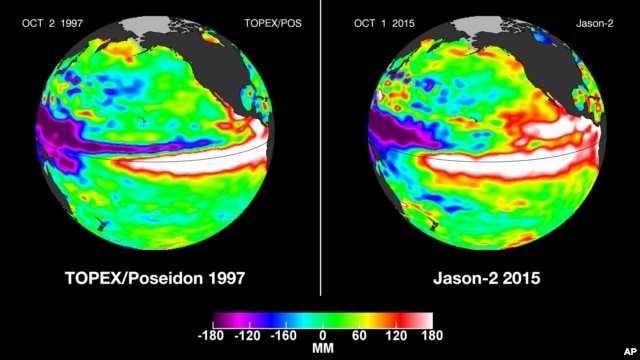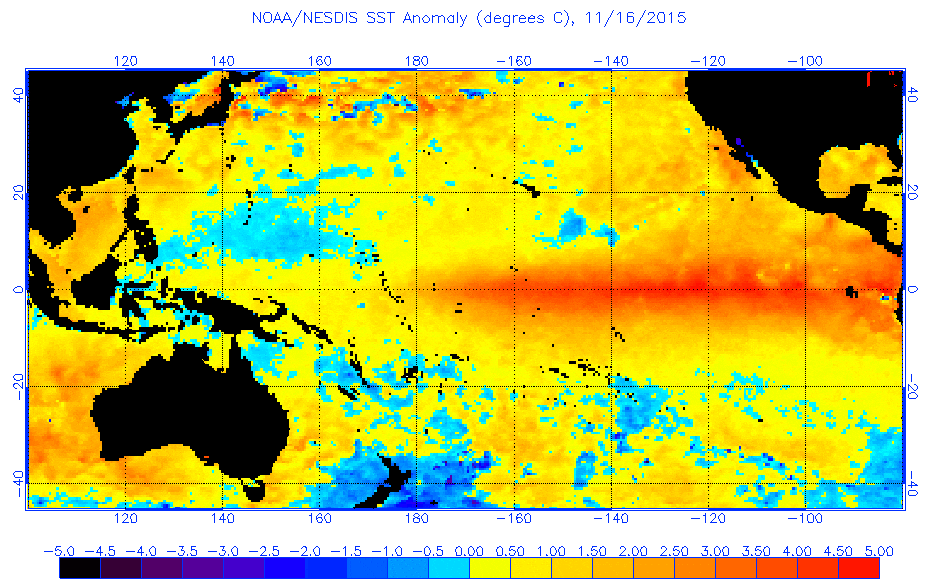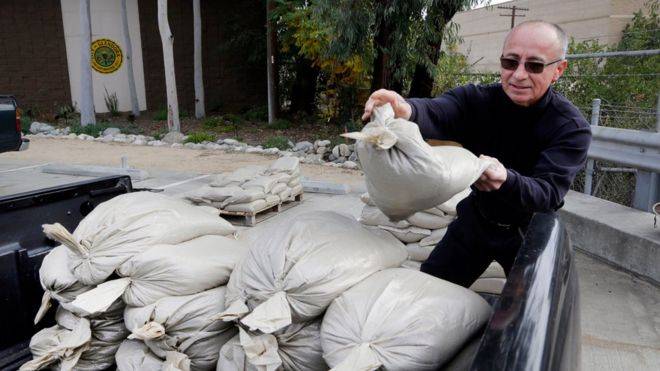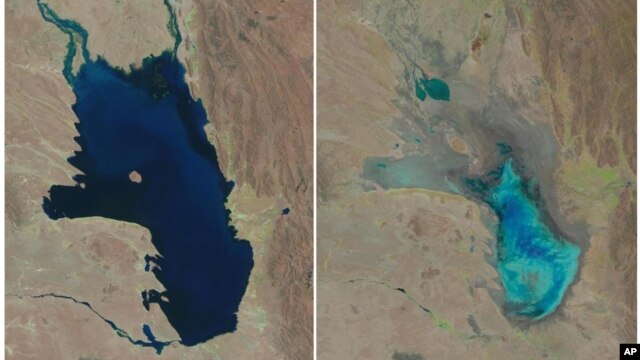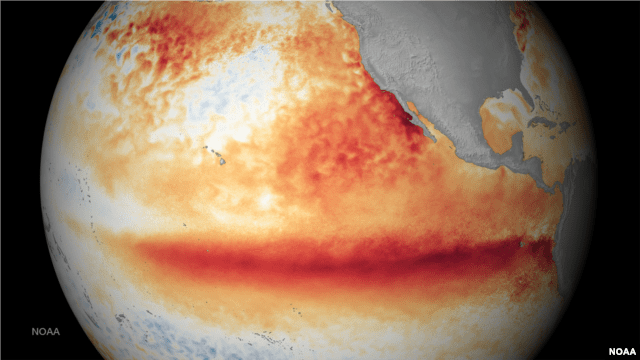ScienceRocks
Democrat all the way!
- Banned
- #1
A weak El nino has formed!!!!
http://www.cpc.ncep.noaa.gov/products/analysis_monitoring/enso_advisory/ensodisc.pdf
http://www.cpc.ncep.noaa.gov/products/analysis_monitoring/lanina/enso_evolution-status-fcsts-web.pdf
The most recent ONI value(December 2014–February2015) is 0.6oC.
Now lets see 2015 kick some ass!
http://www.cpc.ncep.noaa.gov/products/analysis_monitoring/enso_advisory/ensodisc.pdf
http://www.cpc.ncep.noaa.gov/products/analysis_monitoring/lanina/enso_evolution-status-fcsts-web.pdf
The most recent ONI value(December 2014–February2015) is 0.6oC.
Now lets see 2015 kick some ass!
Last edited:





